Do you know what standard your body protector or air vest is certified to? You should! Knowing this critical bit of information will tell you quite a bit about the level of protection you're getting with your equipment.
• There are three international equestrian safety standards for foam-based body protectors: CE EN 13158, ASTM F1937 and ASTM F2681.
• There is one specification for air-inflatable equestrian body protectors: Satra M38.
• Motorcycle body protector standards are sometimes used for equestrian body protection: EN 1621-2, EN 1621-3 and EN 1621-4. However, these are not typically the same as the risks they test for are quite different from those that an equestrian faces in the event of a fall.
These organizations manage the standards and test products to ensure body protectors meet their requirements of safety for riders.
 BETA maintains the EN equestrian standards.
BETA maintains the EN equestrian standards.
EN 13158 is a body protector standard with three primary components:
• It controls the area of the body that must be covered and tests impact performance both on flat ground and fence rails and measures security of attachment to the wearer.
• Impact testing is conducted at ambient temperatures, and an optional 30°C impact test is also available.
• Body protector manufacturers conforming to the BETA standards are required to annually re-test their approved products to ensure ongoing consistency in the quality of manufacture and of the shock-absorbing foams used in the construction of their garments.
BETA Levels of Protection
 In 1995, BETA Level 1, 2, and 3 safety standards were introduced, with 1 being
In 1995, BETA Level 1, 2, and 3 safety standards were introduced, with 1 being
the lowest and 3 being the highest level of protection offered.
There are three levels of protection to cater for different riding activities. The latest European safety standard is EN 13158 and BETA 2018.
Level 1 (GREEN LABEL)
Body protectors certified to Level 1 provide a lower level of impact protection that is only considered appropriate for racing where weight is of over-riding importance and there are no requirements in place for a great level of protection.
Level 2 (ORANGE LABEL)
Body protectors certified to Level 2 provide a lower than normal level of protection that is only considered appropriate for use in low risk situations.
These DO NOT include riding on roads or other hard surfaces, riding over jumps, riding young or excitable horses or riding while inexperienced. This level is now used by many jockeys while racing.
Level 3 (BLUE LABEL)
Body protectors certified to Level 3 provide a level of protection that is considered appropriate for normal horse riding, competitors and for working with horses. Protectors to this level should prevent minor bruising that would have produced stiffness and pain, reduce soft tissue injuries and bruising, and prevent a limited number of rib fractures. This level is required by many exercise riders for race horses.
Level 3 – Carriage driving (BLUE LABEL)
Body protectors designed to meet the needs of horse drivers. Navigators are best wearing a standard level 3. It does not provide adequate coverage of the back for those riding horses or those working with them.
SEI (ASTM)
 SEI maintains ASTM standards.
SEI maintains ASTM standards.
ASTM F1937 is a standard that specifies:
• Requirements for the body protector assembly the extent and form of the protective material used the attachments
• The dimension, sizing and body coverage provided. Testing procedures include a shock attenuation test, a penetration and deformation test, an impact sites test, a padding separation test, and a closure test.
These tests are done in four conditions: ambient temperature, low temperature, high temperature, and water immersion.
ASTM F2681 is a standard for body protectors that covers the minimum performance criteria and outlines test methods for body protectors that will be used specifically for horse racing.
CRITT SPORTS ET LOISIRS
 CRITT Sport Loisirs is authorized to perform a "EC" type for masks and visors to protect the face, mouth guards, breastplates, and protective shells (Opinion of 24 July 2010 Official Journal of the Ministry of Economy, Industry and Employment on the application of the code of sport).
CRITT Sport Loisirs is authorized to perform a "EC" type for masks and visors to protect the face, mouth guards, breastplates, and protective shells (Opinion of 24 July 2010 Official Journal of the Ministry of Economy, Industry and Employment on the application of the code of sport).
Nature of tests:
Mechanical tests
Impact tests
Dimensions, sizes
Load tests
Markings, Etc.
Quality approach:
As part of its quality assurance program, CRITT Sport Loisirs accredited by the COFRAC as No. 1-1570 accordance with the ISO 17025 standard on several test programs.
SATRA
 Some air vests are tested to the SATRA M38:Issue 3 February 2015 air vest standard.
Some air vests are tested to the SATRA M38:Issue 3 February 2015 air vest standard.
Following a detailed research project funded by the Injured Jockeys Fund and conducted by independent test house SATRA in conjunction with the British Racehorse Authority a standard was established for the use of air bag vests by jockeys, and an amended version covering the use of air bag vests for riders across all other equestrian disciplines.
SATRA M38: February 2013 – Requirements for air-vests, for use in horse riding, intended to give protection in the event of a fall to ground SATRA M39: February 2013 - Requirements for jockeys' body protectors additionally incorporating airbag technology.
The SATRA Standards cover ergonomics, total area covered by the air bag, impact attenuation, activation force, lanyard strength, lanyard length, inflation speed and pressures and have been adopted by most of the major air jacket manufacturers.
Air Vest Standard Challenges
 CRITT Sport Loisirs is authorized to perform a "EC" type for masks and visors to protect the face, mouth guards, breastplates, and protective shells (Opinion of 24 July 2010 Official Journal of the Ministry of Economy, Industry and Employment on the application of the code of sport).
CRITT Sport Loisirs is authorized to perform a "EC" type for masks and visors to protect the face, mouth guards, breastplates, and protective shells (Opinion of 24 July 2010 Official Journal of the Ministry of Economy, Industry and Employment on the application of the code of sport). Some air vests are tested to the SATRA M38:Issue 3 February 2015 air vest standard.
Some air vests are tested to the SATRA M38:Issue 3 February 2015 air vest standard.




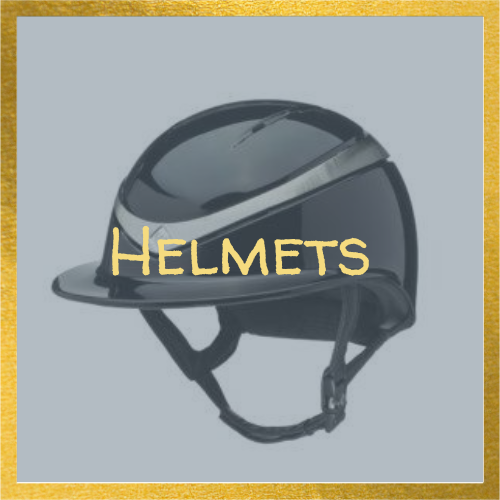

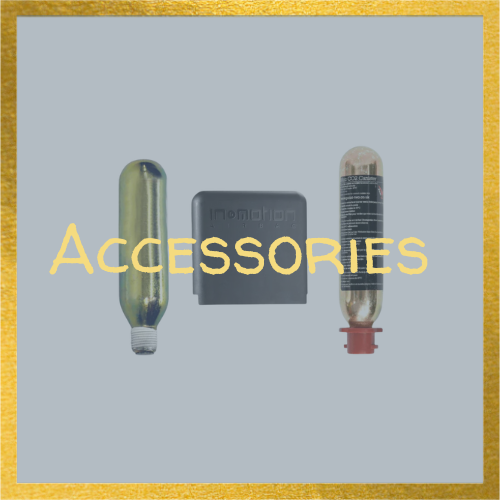
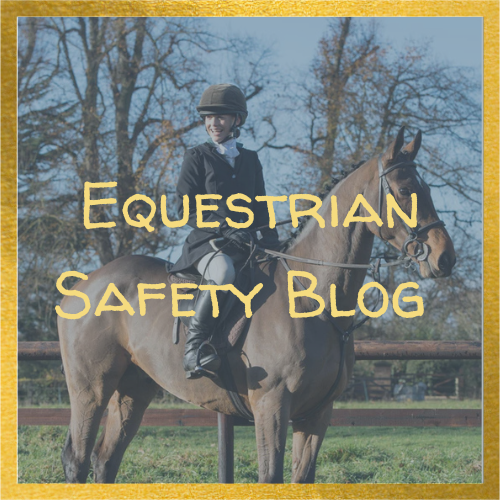
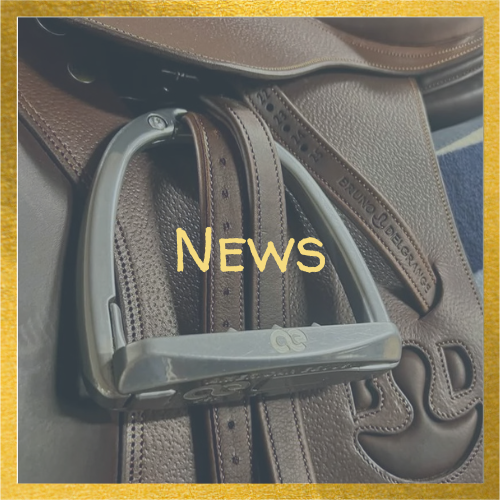



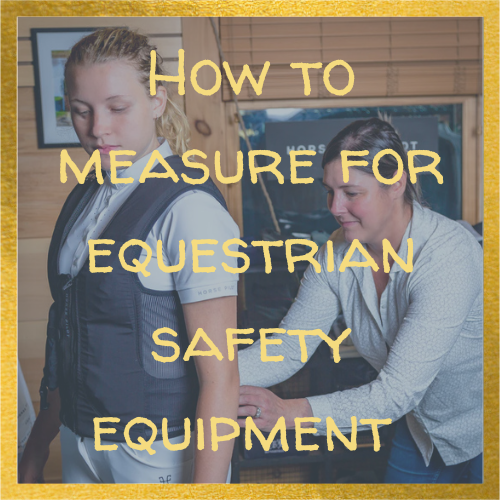

 BETA maintains the EN equestrian standards.
BETA maintains the EN equestrian standards.  In 1995, BETA Level 1, 2, and 3 safety standards were introduced, with 1 being
In 1995, BETA Level 1, 2, and 3 safety standards were introduced, with 1 being SEI maintains ASTM standards.
SEI maintains ASTM standards.